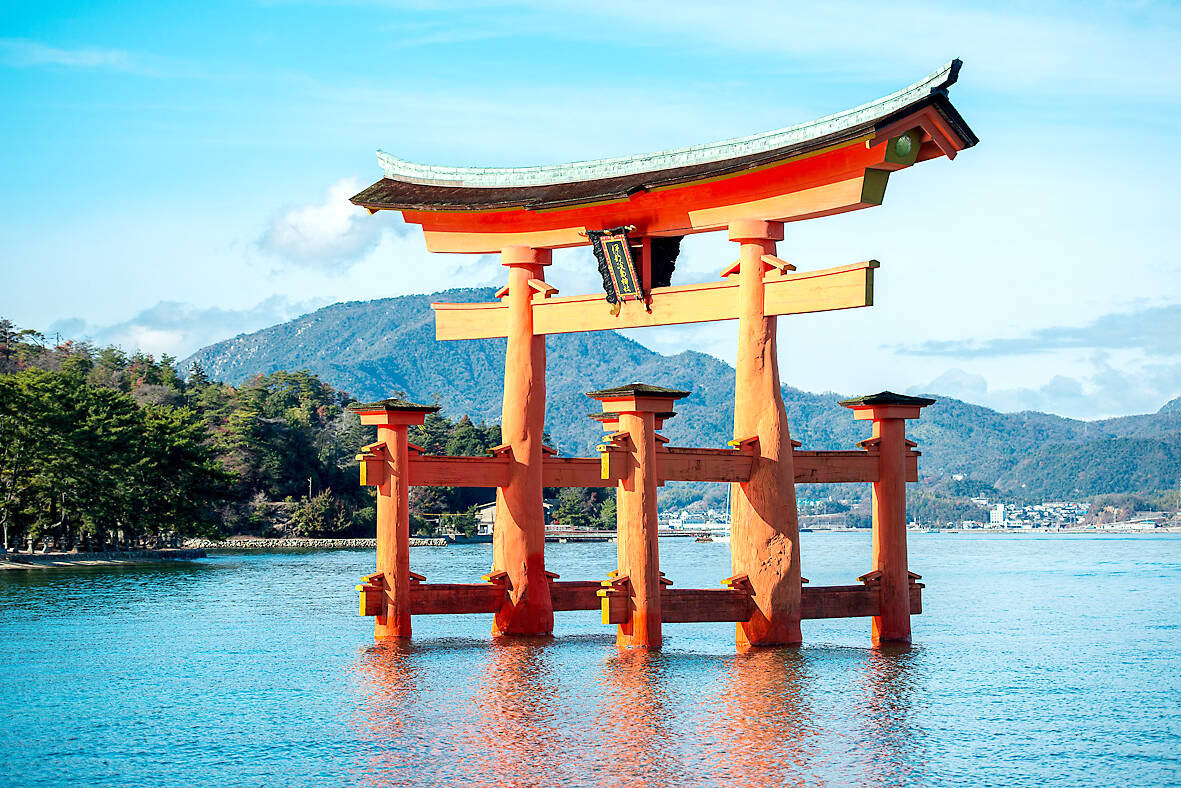Emi Toda was in her late 50s, recently divorced and getting by on wages from part-time jobs at supermarkets and an undertaker when she decided it was time for a change.
Now 65, she has appeared in dozens of adult movies catering to the “silver porn” market — a genre of films whose enduring popularity reflects Japan’s status as a super-ageing society.
“I wanted to save some money so I sent my details off to an employment agency,” Toda says.

Photo courtesy of Wikimedia Commons
When a call came offering her parts in three pornographic films, she was adamant that she wasn’t interested.
“They had my photo on file and thought I looked the part, so when the agency approached me again, I said yes.”
Her two adult daughters, with whom she lives in Tokyo, were surprisingly supportive.

Photo courtesy of Wikimedia Commons
“They said I looked comfortable with the idea, so they were happy for me to go ahead.”
NO CHOICE
While Toda chose to work in adult films, a 2020 survey by the cabinet office found that an alarming number of Japanese women said they had been forced into appearing in pornographic films by unscrupulous production companies. Some had signed “modelling” contracts but were later pressured into posing nude or have sex on camera.

Photo courtesy of Wikimedia Commons
The survey found that around a quarter of women in their teens, 20s and 30s had been solicited for jobs as models and idols. Among those who applied for jobs, 13 percent said they had been asked to take part in photo or video shoots of a sexual nature they had not consented to.
Two years later, Japan introduced a law allowing women who appear in adult movies to cancel their contracts within a year of the work’s release for any reason and without paying penalties. The material must then deleted and recalled, according to the law, which is designed to prevent producers from bullying or tricking people into appearing in films that would otherwise be available online in perpetuity.
Japan’s demographic timebomb means the senior porn genre has a large and growing potential fanbase. The proportion of Japanese aged 80 or over reached one in 10 for the first time last year, the government said in September ahead of the annual Respect-for-the-Aged Day. An estimated 36.2 million people are aged 65 or older, accounting for a record 29.1 percent of the total population. By contrast, the number of 18-year-olds is at a record low of 1.06 million, according to figures released last month.
Toda is not alone in moving into the adult video sector later in life.
Shigeo Tokuda, whose huge portfolio includes roles in Forbidden Elderly Care and The Manic Training of Lolitas, was recognized by Guinness World Records as the world’s oldest porn actor in 2017, when he was 83.
The 88-year-old Yuko Ogasawara did not make her debut until she was in her early 80s, while Maori Tezuka, who specialized in “accommodating” grandmother roles, retired in 2017 at the age of 80, telling the Tokyo Reporter website that acting in pornographic films had been “lively and fun.”
Toda prefers to appear in improbable tales of incestuous relationships spanning the generations.
“I suppose seeing an old woman having sex with a much younger man in those circumstances has a certain impact, because it’s not something you would expect to happen in real life,” she says.
In society, it’s almost like women disappear when they reach 50’ Japan’s “senior” pornography market is one of the few areas of entertainment in which older women are the center of attention.
“In ordinary Japanese society, it’s almost like women disappear when they reach 50, but this was different. I liked that, and thought, ‘why not?’” Toda says.
GROWING MARKET
After the three initial movies sold remarkably well, Toda was flooded with requests to appear again.
Her work forms part of a Japanese adult film market thought to be worth around ¥55 billion billion (about US$372 million) a year, and which employs an estimated 10,000 performers.
Takuma Kawabe, a producer at Ruby, which specializes in productions featuring mature women, says older consumers still bought large numbers of films on DVD.
“They have purchasing power, so there is definitely a market for older people,” he said.
Kawabe puts the popularity of senior porn down to an ageing consumer base and “the fact that female actors continue to pursue beauty and explore their sexuality even as they get older. Compared to people who were in, say, their 60s when I was a child — my grandparents’ generation — people who are in their 60s now have a much keener sense of beauty and desire for sex.”
While Toda’s daughters quickly accepted her unusual career move, she has never mentioned her work to friends. It is unlikely, however, that none of them has seen her work. Over the course of her seven-year career, she has performed opposite men more than three decades her junior, while her oldest co-star — her on-screen husband — was about 70.
What does she believe lies behind the appeal of adult videos featuring mature women?
“It’s not an Oedipus complex … I think men like to be pampered by older women,” says Toda, who keeps fit and healthy by practicing yoga and taking daily long walks. “That’s a big part of the appeal.
Everyone enjoys sex, but older people are embarrassed to talk about it. There’s a belief that when women reach a certain age they lose interest in sex, but that’s not the case. I think I have helped challenge that misconception.”
Not surprisingly, she has no plans to retire.
“I’m going to carry on acting as long as there are films that suit me.”

That US assistance was a model for Taiwan’s spectacular development success was early recognized by policymakers and analysts. In a report to the US Congress for the fiscal year 1962, former President John F. Kennedy noted Taiwan’s “rapid economic growth,” was “producing a substantial net gain in living.” Kennedy had a stake in Taiwan’s achievements and the US’ official development assistance (ODA) in general: In September 1961, his entreaty to make the 1960s a “decade of development,” and an accompanying proposal for dedicated legislation to this end, had been formalized by congressional passage of the Foreign Assistance Act. Two

March 31 to April 6 On May 13, 1950, National Taiwan University Hospital otolaryngologist Su You-peng (蘇友鵬) was summoned to the director’s office. He thought someone had complained about him practicing the violin at night, but when he entered the room, he knew something was terribly wrong. He saw several burly men who appeared to be government secret agents, and three other resident doctors: internist Hsu Chiang (許強), dermatologist Hu Pao-chen (胡寶珍) and ophthalmologist Hu Hsin-lin (胡鑫麟). They were handcuffed, herded onto two jeeps and taken to the Secrecy Bureau (保密局) for questioning. Su was still in his doctor’s robes at

Last week the Democratic Progressive Party (DPP) said that the budget cuts voted for by the China-aligned parties in the legislature, are intended to force the DPP to hike electricity rates. The public would then blame it for the rate hike. It’s fairly clear that the first part of that is correct. Slashing the budget of state-run Taiwan Power Co (Taipower, 台電) is a move intended to cause discontent with the DPP when electricity rates go up. Taipower’s debt, NT$422.9 billion (US$12.78 billion), is one of the numerous permanent crises created by the nation’s construction-industrial state and the developmentalist mentality it

Experts say that the devastating earthquake in Myanmar on Friday was likely the strongest to hit the country in decades, with disaster modeling suggesting thousands could be dead. Automatic assessments from the US Geological Survey (USGS) said the shallow 7.7-magnitude quake northwest of the central Myanmar city of Sagaing triggered a red alert for shaking-related fatalities and economic losses. “High casualties and extensive damage are probable and the disaster is likely widespread,” it said, locating the epicentre near the central Myanmar city of Mandalay, home to more than a million people. Myanmar’s ruling junta said on Saturday morning that the number killed had